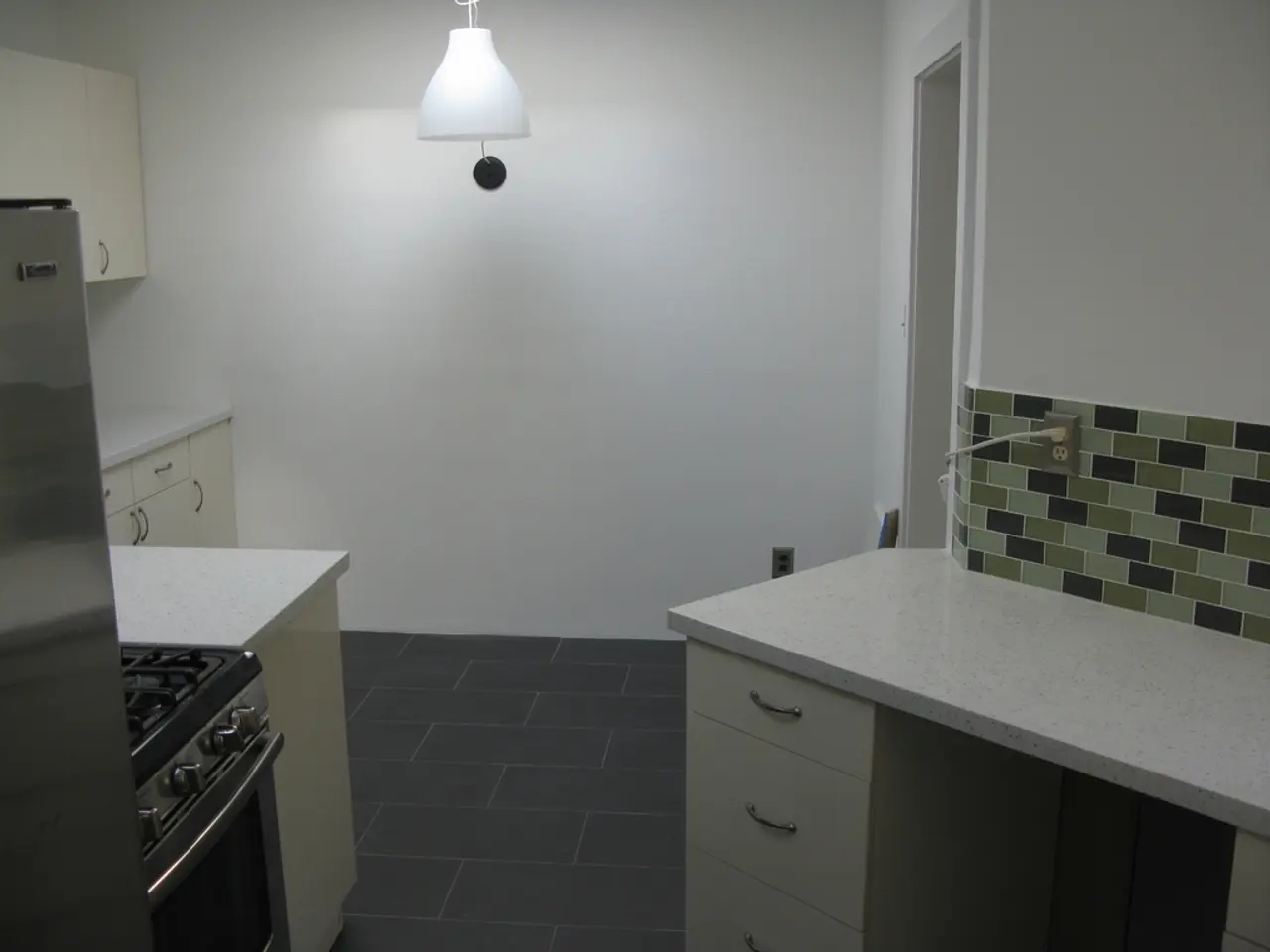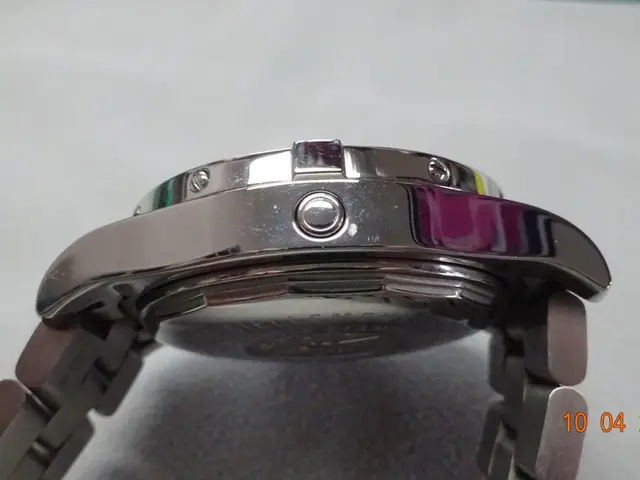Enhancing Indoor Air Quality in the Kitchen: Practical Strategies for Boosting Ventilation Without Significant Redesign
In the heart of any home, the kitchen is a place where meals are prepared, conversations are shared, and memories are made. However, cooking in a kitchen can generate heat, moisture, and airborne particles like grease and smoke, which can impact indoor air quality if not managed properly.
Fortunately, there are several ways to enhance kitchen ventilation and create a safer, more pleasant environment. Good ventilation whisks these pollutants away, helping to prevent issues like mold, odors, and increased wear on cabinetry and walls.
One effective solution is incorporating stylish ductless hoods. These modern appliances not only elevate the cooking environment but also promote better indoor air quality. Ductless range hoods are easier to install than ducted models and still offer excellent performance, especially for everyday cooking. They use charcoal filters to clean the air before recirculating it, making them a design-forward approach to kitchen airflow.
Maximizing natural airflow is another strategy for improving ventilation. Utilising existing windows for cross-ventilation or placing a box fan strategically in a window frame can help create a natural breeze. In a kitchen with only one window, a box fan placed strategically in the frame can pull stale air out.
Ceiling or wall-mounted fans in adjacent areas can help circulate air, particularly in open-concept layouts. Using smaller appliances like toaster ovens or pressure cookers generates less heat and requires less ventilation.
Talking to contractors about long-term goals, such as leaving space for a ductless hood or incorporating built-in vents, can be part of future plans without significantly increasing costs. Improving kitchen ventilation does not require a complete remodel; thoughtful adjustments can make the space healthier, more comfortable, and more inviting.
Indoor plants like spider plants, peace lilies, and pothos also contribute to better indoor air quality by filtering airborne toxins naturally. Cooking strategically, such as avoiding overheating oils, can further improve indoor air quality.
Keeping ventilation in mind during future kitchen updates can save time and stress by accommodating future ventilation upgrades. Regularly replacing or cleaning filters in a recirculating range hood ensures optimal airflow and effectiveness.
A well-ventilated kitchen supports cleanliness and energy efficiency. By implementing these strategies, homeowners can breathe easier and enjoy their kitchens more, knowing they are taking steps towards a healthier and more comfortable cooking environment.
While brands and companies offering ductless range hoods suitable for small apartments or places without ductwork include various manufacturers of ductless mini-split and ductless ventilation systems designed for flexibility in installation, specific well-known ductless range hood providers are not clearly listed in the search results. Common options usually include recirculating or ductless range hoods from brands like Broan, Cosmo, and others specialized in kitchen ventilation for apartments without ducting.
Adding an energy-efficient exhaust fan or replacing an outdated model with a quieter, more powerful unit can also improve kitchen ventilation. Without adequate airflow, these pollutants can linger, impacting indoor air quality and potentially leading to issues like mold, odors, and increased wear on cabinetry and walls.







